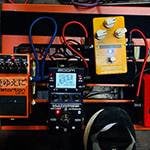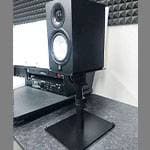■ Legendary Synths Derived from the “Prophet”
On Queen’s iconic album A Night at the Opera, there’s a song called “The Prophet’s Song”. When they created that track, no one in the band could have prophesied that “Bohemian Rhapsody” — also on the same album — would go on to become an even bigger global hit than “Killer Queen” (haha).
This time, I’m talking about two synthesizers that went beyond all expectations.
In 1977, an engineer named Dave Smith created a 5-voice polyphonic synthesizer called the Prophet-5. This poly synth became legendary.
Its distinctive sound was embraced by musicians across the globe, including YMO (Yellow Magic Orchestra) and Michael McDonald, solidifying its status as an iconic instrument.
Whether or not the makers of the original Prophet could have foreseen it, a synthesizer that arguably surpasses the Prophet emerged 44 years later, in 2021.
Its name? TAKE-5.
Its specs are nearly identical to the original Prophet-5 with five-voice polyphony, two VCOs, two LFOs, a 4-pole resonant analog filter, envelope generators, a full-sized 44-key Fatar keybed, and even a low split function. On top of that, it features dual built-in effects engines.
While the TAKE-5 isn’t functionally identical to the Prophet-5, it comes at less than one-seventh the price, which is a truly remarkable feat.
Even Dave Smith, the creator of the original Prophet, probably couldn’t have predicted this outcome.
But, such is the nature of progress.
Interestingly enough, the TAKE-5 was also created by Dave Smith, the very engineer who developed the original Prophet. The TAKE-5 was so well received that it was named “Best Hardware Synth of 2021” by the music site Music Radar.
But the story doesn't end there. Another five-voice polyphonic synthesizer, one that takes the Prophet’s legacy even further, was released three years later in 2024.
Its name? TEO-5—not “TAKE,” but “TEO”.
The TEO-5 comes from the legendary Oberheim brand, a name revered by professionals around the world. Oberheim was founded by Tom Oberheim, a pioneer in synth design whose company stands shoulder to shoulder with giants like Moog and Sequential.
Oberheim’s signature sound rivals even the Prophet-5 in popularity. It captivated the likes of Joe Zawinul of Weather Report and Lyle Mays of the Pat Metheny Group, both of whom are globally renowned musicians.
However, Oberheim synths came with a professional price tag. Much like the Prophet-5, they were far out of reach for amateur musicians.
Surprisingly, the new Oberheim TEO-5 was released at a price point similar to the TAKE-5. At the time of its release, Sound House listed the TEO-5 at ¥299,750, while the TAKE-5 was priced at ¥233,600. As of June 13, 2025, both synths are now priced nearly the same: the TEO-5 still at ¥299,750, and the TAKE-5 at ¥299,800.
No doubt, amateur keyboardists rejoiced at this unexpected affordability.
What’s even more intriguing is that the physical design of these two synthesizers is nearly identical. Take a look at the photos below. The camera angles may differ slightly, but at a glance, they look like the same instrument.
SEQUENTIAL (Dave Smith Instruments) / TAKE-5
These two synthesizers, the TAKE-5 and TEO-5, share identical dimensions, chassis, pitch bend and modulation wheels, and even the same 44-key keybed.
According to the official manufacturer specs, both models measure at 636 mm (W) × 112 mm (H) × 324 mm (D). The keybed on both is manufactured by Fatar, the renowned Italian company—again, exactly the same.
However, there are slight differences in the design of the knobs and the position of the cutoff filter section.
Another subtle difference lies in their weight: the TAKE-5 weighs 7.7 kg, while the TEO-5 is just slightly heavier at 7.8 kg—likely due to variations in internal components.
What’s also interesting is that both synthesizers are produced by the same company, Sequential.
Currently, Sequential operates as part of the Focusrite Audio Engineering Group, a company that handles a wide range of musical instruments.
Although Sequential and Oberheim have different design philosophies and sonic directions, they save on costs by sharing internal architecture and external chassis between synthesizers.
This approach is similar to how the automotive industry works. For example, Volkswagen and Audi reduce manufacturing costs by using shared platforms for their vehicles.
So, the reason why two synthesizers from different brands happen to have identical dimensions lies in this kind of shared development strategy.
■ What Do the TAKE-5 and TEO-5 Have in Common?
In an effort to reduce manufacturing costs, both synthesizers use the exact same chassis, resulting in identical dimensions. The plastic side panels on the TAKE-5 have the model name boldly embossed on both sides, whereas the TEO-5 does not feature any such branding. Internally, both models offer 512 patch memory slots, 256 factory presets and 256 user slots, and they share the same five-voice polyphony. They also include a low-split function, which allows you to set a split point across the lower 1.5 octaves of the keyboard and drop the bass section by up to two octaves.
In terms of sequencing capabilities, both synths come equipped with an identical step sequencer and arpeggiator. The step sequencer supports up to 64 steps, with a maximum of five notes per step. The rear panel connections are also the same on both models, featuring identical inputs and outputs. While each instrument may differ in sound character and design philosophy, they are remarkably similar under the hood, sharing much of their core hardware and feature set.
■ The Biggest Question is the Sound!
Of course, the most important aspect is the sound. I personally purchased both the TAKE-5 and the TEO-5 from Sound House. And while both synths produce incredible sounds, their tonal characters are completely different.This is where the real fascination begins. In the next article, I plan to dive into a detailed comparison of their sounds, so stay tuned!
The “sound & person” column is made up of contributions from you.
For details about contributing, click here.





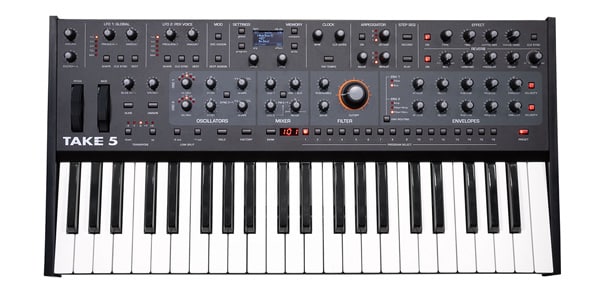
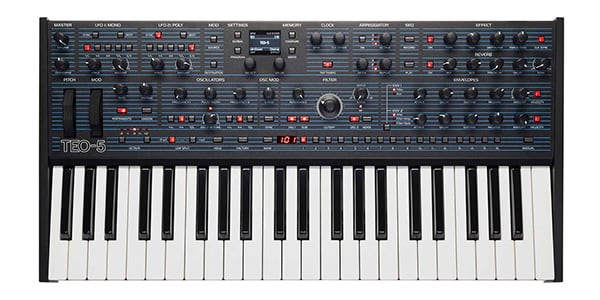



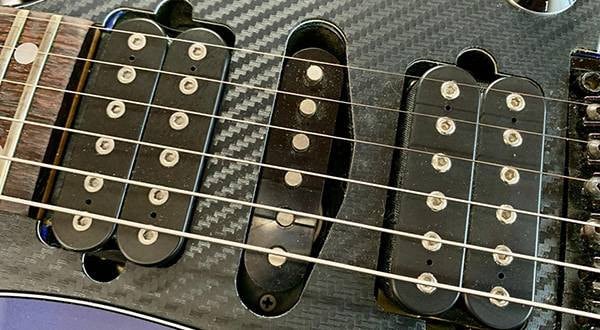
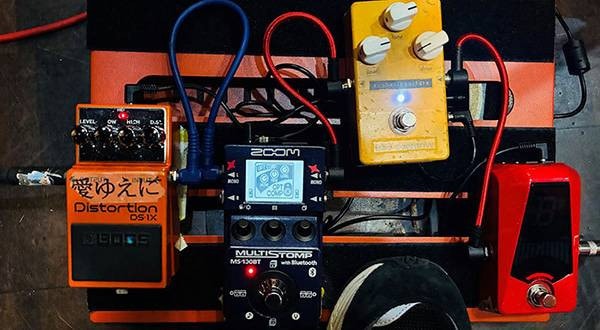
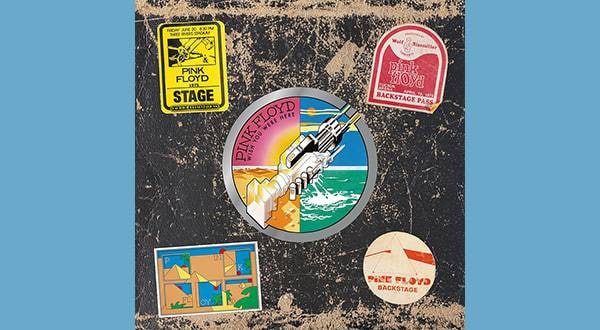
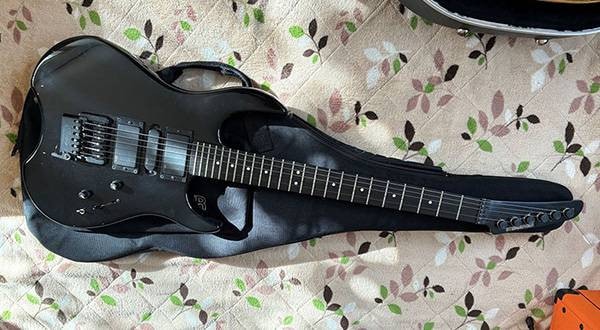

![Vagabond Synth Nerd’s Journal Vol. 161 - Trial and Error in Recreating Jan Hammer’s Guitar Sound with the TAKE 5 Synthesizer [Synthesizer Editing Part II]](/contents/uploads/thumbs/5/2023/11/20231122_5_24694_1.jpg)
![Vagabond Synth Nerd’s Journal Vol.160 - Trial and Error in Recreating Jan Hammer’s Guitar Sound with the TAKE 5 Synthesizer [Synthesizer Editing Part 1]](/contents/uploads/thumbs/5/2023/11/20231118_5_24667_1.jpg)

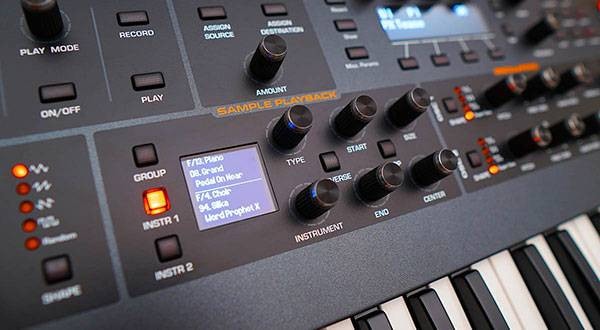
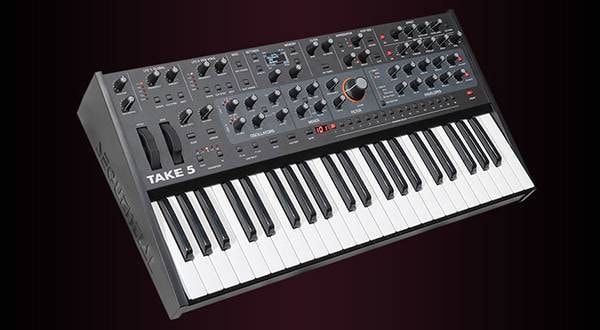

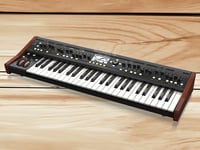 シンセサイザー 入門ガイド
シンセサイザー 入門ガイド
 PLAYTECH キーボードセレクター
PLAYTECH キーボードセレクター
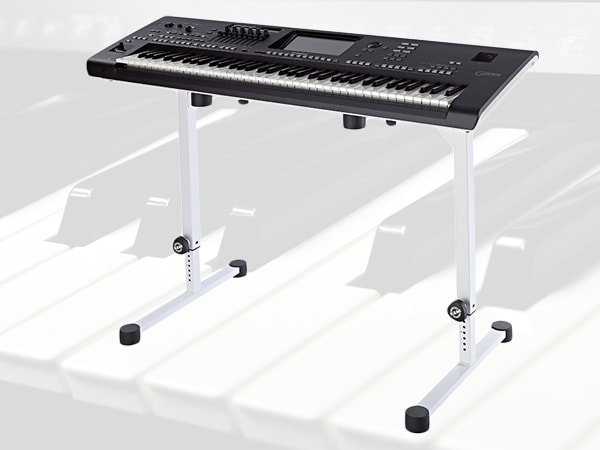 キーボードスタンドの選び方
キーボードスタンドの選び方
 おすすめの電子ピアノ
おすすめの電子ピアノ
 キーボードスタートガイド
キーボードスタートガイド
 キーボード・ピアノ講座
キーボード・ピアノ講座

